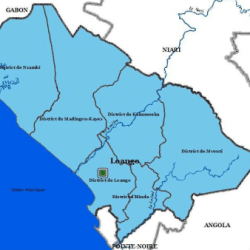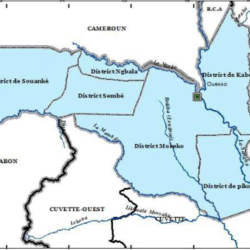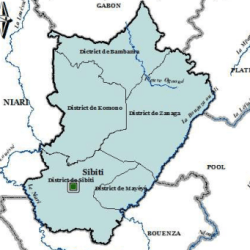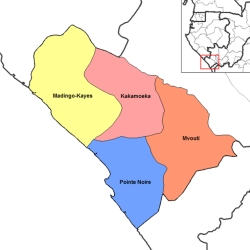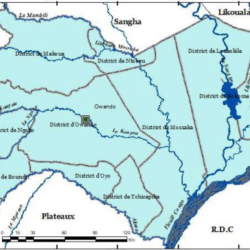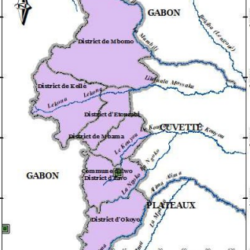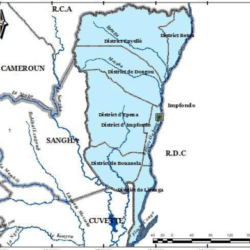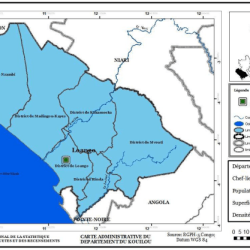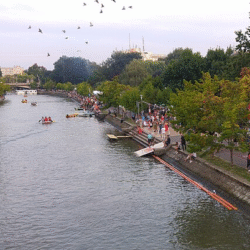Niari Department’s administrative divisions reflect a balance between urban growth and rural development. Each district and commune plays a unique role in fostering economic activities, preserving cultural heritage, and promoting sustainable development in the Republic of the Congo.
| District/Municipality | Borough | Urban Community | Neighborhood | Village |
| Banda | 0 | 0 | 9 | 24 |
| Divenie | 0 | 1 | 7 | 39 |
| Dolisie (Commune) | 2 | 0 | 28 | 0 |
| Kibangou | 0 | 1 | 6 | 37 |
| Kimongo | 0 | 1 | 10 | 56 |
| Londela-Kayes | 0 | 0 | 2 | 57 |
| Louvakou | 0 | 0 | 2 | 83 |
| Makabana | 0 | 1 | 8 | 16 |
| Mayoko | 0 | 0 | 4 | 17 |
| Mbinda | 0 | 1 | 8 | 3 |
| Mossendjo (Commune) | 2 | 0 | 10 | 0 |
| Moungoundou-North | 0 | 0 | 2 | 8 |
| Moungoundou-South | 0 | 0 | 3 | 11 |
| Moutamba | 0 | 0 | 4 | 23 |
| Nyanga | 0 | 0 | 6 | 26 |
| Yaya | 0 | 0 | 3 | 16 |
| NIARI | 4 | 5 | 112 | 416 |
- Dolisie and Mossendjo: As urban communes, they drive the department’s economy and provide key administrative services.
- Mayoko and Mbinda: Mining hotspots that contribute significantly to national GDP.
- Rural Districts: Banda, Divenie, and others ensure food security and support local traditions.

- Capital: The regional capital is Dolisie, a bustling urban center often considered the gateway to Congo’s western regions.
- Area and Borders:
- National Borders: Niari is bordered by the departments of Bouenza, Kouilou, and Lékoumou.
- International Borders: It shares boundaries with Gabon, the Democratic Republic of the Congo (DRC), and Cabinda, an exclave of Angola.
Niari is not only a hub for regional governance but also a center of trade and cross-border interaction due to its location. Its capital, Dolisie, is the third-largest city in the Republic of the Congo, making it an economic powerhouse for the departmen

